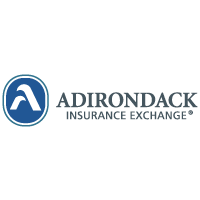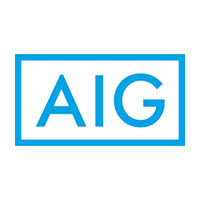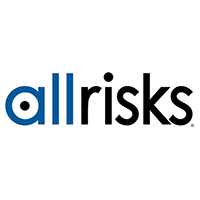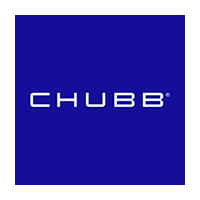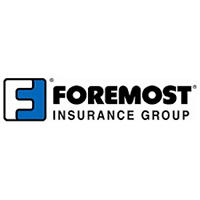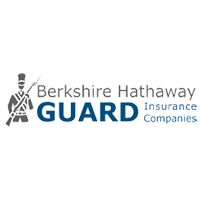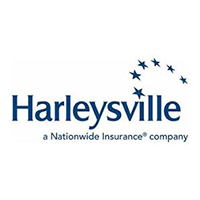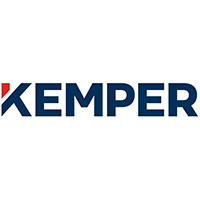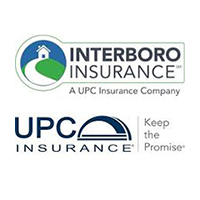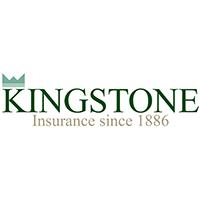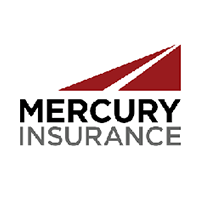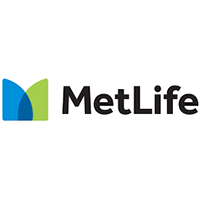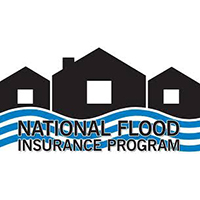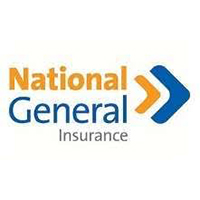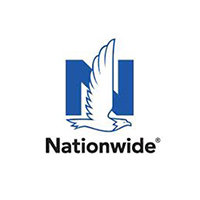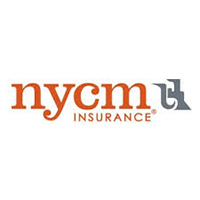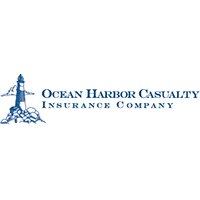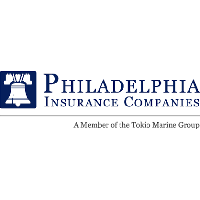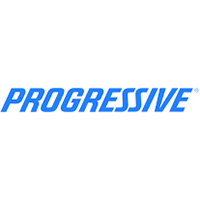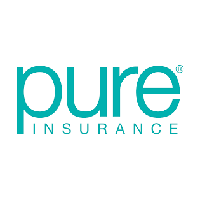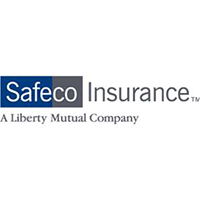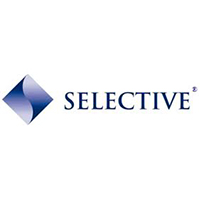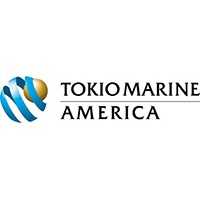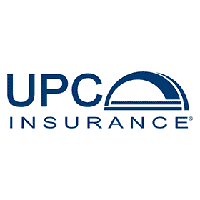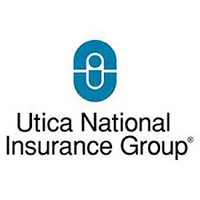Since 2020, insurance carriers have increased premiums due to the uncertainty the pandemic created. Now in the post-COVID era, the economic and social fallout has led carriers to significantly increase their rates. There’s no sense in sugar coating it, here are the reasons why.
Spotlight on Inflation
Yes, it’s true, inflation has come down off its high of 9.1% in June 2022. However, inflationary concerns have carriers worried about underweighted balance sheets. In late 2022, a McKinsey report estimated that inflationary costs added approximately $30 billion of unexpected loss expenses industry wide. Increased medical, construction, repair, and overall labor costs are all driving up loss expenses. These increases push actuaries to increase the rates underwriters apply to premiums.
Inflation has also driven up ratable exposures. Many manufacturing, distribution, processing, and construction insureds are seeing their top-line revenue increase, not due to having more work or producing more products, but rather increased pricing to reflect inflationary expenses.
Solution: A candid and detailed conversation with your trusted insurance professional affords the underwriters a clear picture of what is going on in your business. With today’s market conditions, creative underwriting and leveraging strong relationships are key to successfully keeping premiums manageable.
Strained Investment in the Reinsurance Space
Another critical factor driving premiums, especially in the excess casualty (liability and umbrellas) space, is the limited capital invested in the reinsurance market. Private equity and investors have been putting less money into the reinsurance carriers because the returns have been diminishing as compared to other investment options. The global inflationary environment has eroded returns, reducing the incentive for investment. The lower capital injected into the industry has limited coverage offering availability (supply), while the demand for umbrella / excess liability coverage has grown, thus premiums have increased.
Investors are also changing their risk appetite favoring upper tiers on liability towers. Iny ears past many carriers were offering excess liability immediately after the primary liability limits for around 35-45% of the primary liability premium. More and more carriers are only interested in offering terms after the first $5MM of limits. The limited insurers now offering lead excess or “buffer layer” are now seeking 65-100% of the primary premium.Since 2019 excess casualty premiums are up 300-400%. It’s becoming more common that three to four carriers are needed to achieve the same limits of liability a single carrier could offer just three years ago.
Public Opinion Drives Settlements
The other reason premiums have increased is because of “social inflation”and “nuclear verdicts” when it comes toj ury awards. Some carriers refer to this as“legal system abuse”. The industry is seeing plaintiffs file more lawsuits when compared to the last few years. While some suits may be frivolous or unfounded, carriers are required to defend these suits, contributing to the loss expenses.
As it pertains to the excess liability and umbrella market, jurors are awarding plaintiffs significantly higher awards than ever before. Many of these awards are breaching the primary general liability policy and impacting the excess liability & umbrella layers. Several carriers (Travelers, Liberty Mutual, Hartford, State Farm, etc.) have reported 30-40%increases in awards as compared to a decade ago. This is due to a few a factors. The public sentiment of corporations and insurance carriers in specific judicial territories (Metro NY,California, Cook County, IL, Metro Atlanta to name a few) are less than favorable. Influenced by mainstream and social media reporting unscrupulous business practices of some corporations, this negative public perspective influences juries, often viewing a large award as justice against corporations or institutions.
Additionally, millennials and Gen Z generations are now sitting on juries. These youngerjurors frequently have misconceptions about reasonable awards due to portrayals ofaffluence at their fingertips on every social media platform.
Lastly, the rate of information exchange is unprecedented. Plaintiffs’ counsel, jurors, andspectators communicate the status of the case in real time, often with their respectiveinherent biases. This immediate information exchange influences jurors to issue larger thannormal awards.
Nuclear Verdicts and Litigation Investment
The Chubb Bermuda 2022 Report highlights the growing settlements in various sectors, including manufacturing, real estate, and construction, with some exceeding $1 billion. Marathon Strategies calculates the median verdict against corporate defendants has increased by 55% since 2010, with total corporate nuclear verdicts skyrocketing from $4.9 billion in 2020 to over $18.9 billion in 2022. The average nuclear verdict against corporations has doubled in the last 12 years, reaching a new mean of $41.1 million.
The reason this new factor is making such an impact is due to recent investments in litigation funding. This allows plaintiffs to hold out for higher settlements and additional resources to be deployed by plaintiff’s counsel to solidify investor returns. In 2021, Chubb reported litigation funding surpassed $17 billion with no signs of slowing.
What to expect for 2024
With the insurance industry losing $27 billion in 2022, casualty carriers are seeking 8-12% increases with the expectation that their own loss costs are going up 9% on average. For habitational and construction industries, most specifically in the most litigious territories mentioned above, expect steeper increases.
The challenges facing the US casualty insurance marketplace in 2023 are multifaceted, driven by inflation, legal developments, and evolving industry dynamics. It is essential for business owners to stay informed, adapt strategies, and engage in open dialogue with their insurance professionals to navigate these complex waters effectively.
631-673-7600 x


